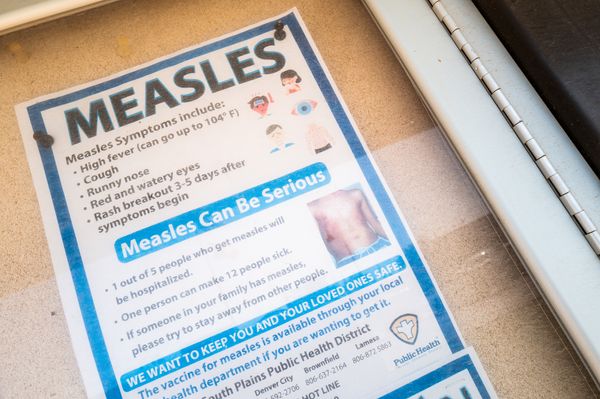
The Biden administration is taking a bold step in the fight against tobacco addiction with a proposal from the Food and Drug Administration (FDA) aimed at capping nicotine levels in cigarettes. This initiative marks a significant shift in public health policy, as it seeks to address the pervasive issue of cigarette addiction that has plagued the United States for decades. The proposal is part of a broader strategy to reduce smoking rates and improve overall health outcomes across the nation.
The Rationale Behind Capping Nicotine Levels
Nicotine is the primary addictive substance found in tobacco products, and it plays a crucial role in maintaining cigarette consumption among smokers. According to the CDC, approximately 34 million adults in the U.S. smoke cigarettes, and nearly 90% of adult smokers began smoking before age 18. By capping nicotine levels, the FDA aims to make cigarettes less addictive, thereby reducing their appeal, especially among young people.
Research indicates that lower nicotine levels can lead to reduced dependence on cigarettes. A study published in the journal Tobacco Control found that participants exposed to lower nicotine cigarettes showed significantly lower cravings and withdrawal symptoms compared to those who smoked regular cigarettes. This suggests that regulating nicotine could potentially lead to fewer people starting to smoke and more current smokers quitting altogether.
The Public Health Impact
The potential impact of this proposal on public health is substantial. According to the American Lung Association, smoking-related illnesses account for over 480,000 deaths annually in the U.S., making it one of the leading causes of preventable death. By reducing nicotine levels, the FDA hopes to decrease smoking prevalence and ultimately save lives.
Additionally, a report from the National Institute on Drug Abuse highlights that tobacco use costs the U.S. economy more than $300 billion each year in healthcare expenses and lost productivity. By curbing addiction through lower nicotine levels, there could be significant economic benefits alongside improved public health outcomes.
Challenges Ahead
While this initiative has garnered support from various public health advocates, it also faces challenges. The tobacco industry has historically resisted regulatory measures that threaten its profits. Lobbying efforts may intensify as companies seek to protect their interests against what they perceive as an existential threat.
Furthermore, there are concerns about how this regulation will be implemented and enforced. The FDA will need to establish clear guidelines for manufacturers regarding acceptable nicotine levels while ensuring compliance across all tobacco products.







